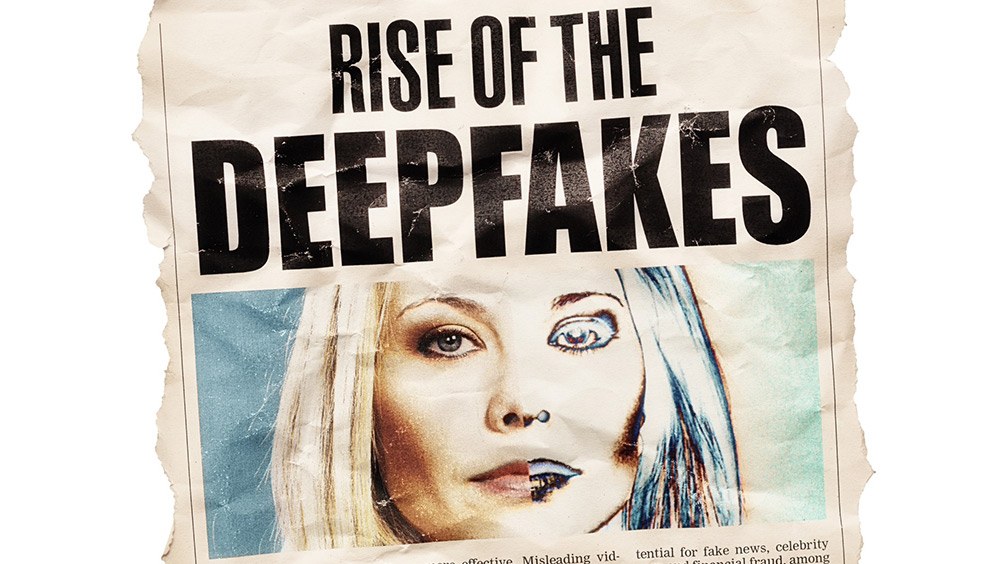
The Rise of Deepfakes: How to Spot and Avoid Them
In recent years, a new kind of digital deception has taken the internet by storm: deepfakes. These AI-generated videos, images, and audio clips are so realistic they can trick even the sharpest eyes and ears. From fake celebrity interviews to scam phone calls using your loved one’s voice, deepfakes are becoming more common—and more dangerous.
But don’t worry. You don’t need to be a tech expert to protect yourself. In this guide, we’ll explain what deepfakes are, how they’re used, and most importantly, how to spot and avoid them.
What Exactly Is a Deepfake?
The word “deepfake” comes from deep learning, a type of artificial intelligence, and “fake.” Deepfakes use AI to create hyper-realistic but completely fake content—like a video of a politician saying something they never actually said or a phone call from a voice that sounds exactly like your boss.
Real-World Examples:
-
A fake video of a world leader announcing false information.
-
Fraudsters using deepfake voices to impersonate CEOs in scams.
-
Deepfake porn videos using celebrities’ faces without consent.
Why Deepfakes Are Dangerous
Deepfakes aren’t just harmless fun. They can:
-
Spread misinformation and influence public opinion.
-
Be used in fraud and identity theft.
-
Damage reputations or careers.
-
Contribute to cyberbullying or harassment.
As the technology improves, the line between real and fake is getting harder to spot.
How to Spot a Deepfake
Here are some warning signs to help you detect a deepfake:
🔍 1. Watch the Eyes and Mouth
-
Eyes that don’t blink naturally or seem lifeless.
-
Lip movements that don’t sync perfectly with the audio.
🔊 2. Listen for Unnatural Speech
-
Strange pauses, flat tones, or awkward pacing.
-
Robotic or overly smooth voice transitions.
🧠 3. Look for Visual Glitches
-
Flickering around the face.
-
Blurry edges, especially in fast motion.
-
Weird lighting or shadows that don’t match the background.
💡 4. Check the Source
-
Is the video or clip coming from a trusted outlet?
-
Does it appear on official websites or verified accounts?
🛠️ 5. Use Deepfake Detection Tools
-
Try platforms like Deepware Scanner, Hive AI, or Microsoft’s Video Authenticator for suspicious content.
How to Protect Yourself
✅ 1. Don’t Share Before Verifying
Before sharing a shocking video or audio, pause. Look for coverage from reputable news sources.
🔐 2. Use Strong Privacy Settings
Keep your social media accounts private to avoid your photos and videos being misused.
🧾 3. Educate Yourself and Others
Stay informed and help others learn what deepfakes are and how to spot them.
📱 4. Enable Two-Factor Authentication
In case someone tries to mimic your voice or face, make sure your accounts are extra secure.
